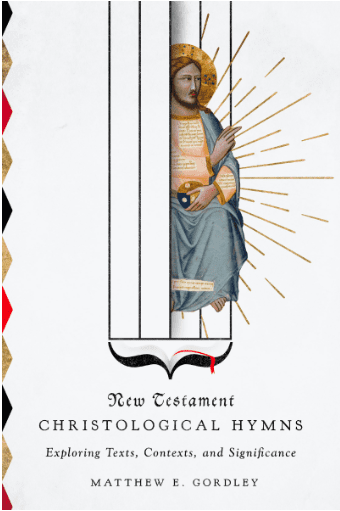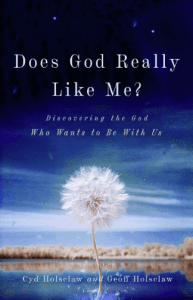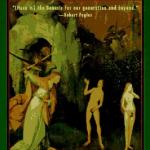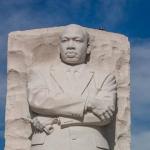 In Matthew Gordley, New Testament Christological Hymns, a case is made that Colossians 1:15-20 is a kind of resistance literature or poetry.
In Matthew Gordley, New Testament Christological Hymns, a case is made that Colossians 1:15-20 is a kind of resistance literature or poetry.
We are asking How we know when something in the NT is resistance-of-the-empire literature or statement? I will argue that the kind of argument Gordley makes diminishes the potency of the anti-imperial reading and of the resistance literature, but that at some level Colossians 1:15-20 offers a worldview at odds with Rome, with empire, and this therefore at some level a resistance.
I am personally inclined toward anti-imperial readings as a result of how I read the politics of Jesus and the ecclesial vision of Paul. Esp in an era of Trump. But, the method for detection is not that powerful and on top of that is a historical reality that the church in Colosse is so infinitesimally small that “resistance” can be an over reach of magnitude.
Here we go. First, he outlines a solid approach to how resistance literature in the Jewish world worked, with my own emphases:
Recall that the resistance poetry of early Judaism has several features. First, it often recounts horrors of the past as it facilitates remembering for the sake of the oppressed. Second, through its imagery, language, descriptions, and metaphors resistance poetry articulates and provides resources for shaping the identity of the community contrast to the identity of the oppressors. Third, poetry of resistance promotes hope through the articulation of a desirable future that serves to motivate the kind of resistance the poem advocates.
With these categories he goes to Colossians 1:15-20 and “finds” such features. His words now:
While it is evident that Jesus is remembered in the Colossian hymn, it is significant to note what is remembered about Jesus as well as the significance given to those past events. Rather than a narrative such as is found in the Philippian hymn, in which the “death of the cross” is the central turning point of the hymn, Colossians makes more direct claims about its subject through its repeated use of the verb eimi (“he is,” four times). Nevertheless, in Colossians these direct claims are then supported by additional descriptors, which have the effect of articulating some of the actions of the redeemer. Taken together, the direct statements and the additional descriptors, though not creating an overarching narrative to the hymn, do provide ways of remembering Jesus, both who he is and what he has accomplished.
If you look for something you can often find it; finding, however, is not the same as reality. I have my doubts that this point works well for this hymn. Yes, there’s some remembering here…
Second, on the identity of the community:
The identity of the community is seen in the first strophe. The first strophe suggests that the community consists of those who are part of “the church” and, as such, are under the headship of Christ, in contrast to those who fall under the headship of Caesar. The second strophe suggests that the community consists of those who are already reconciled to Christ, and who experience the peace that came about through the cross. Taken as a whole the hymn implies that the community members are those who recognize and acknowledge the supremacy of Christ in all things. They already embrace the vision of Christ that the hymn promotes….
In the context of this imagery, the hymn puts forward a picture of Jesus as the agent of God in both creation and redemption of all things. The opponents, those who are being actively resisted, are those who are yet neither pacified nor reconciled. Yet the promise of reconciliation and pacification is held out in our hymn, providing a vision of the future that is different from the past or present.
OK, I can accept this as a form of reasonable explanation. The community is not the point of the hymn, of course, and it can be be found as inevitable in implication. Third, a hopeful future.
Vs we saw above, several indicators in the hymn suggest that the author understood that the long-awaited prophecies of renewal and restoration have come to pass in Jesus. First, the resurrection was a signal that the new age had begun. Second, all the fullness dwelling “in him” may point to the return of the glory of God to his temple, another major theme of the prophetic promises of renewal.110 Third, that God was pleased to reconcile all things to himself taps into this narrative as well, suggesting that even those nations hostile to God would turn to him and be reconciled.111 And fourth, that it was done through the blood of the cross, while not anticipated by the prophetic texts, is key. The point of the Colossian hymn is that through the blood of Jesus this long-awaited new era has now begun. The comprehensive picture of Christ through the hymn is thus eschatological in the sense that what God does in and through Christ is a revelation to the world of the renewing actions of God.
These three points are implications of the hymn; not the hymn’s intention. The point of the hymn is praise of Christ and the facts about that Christ enter into a memory-register. The primary resistance literature was far more overt about these themes, but the Christology of this hymn is at odds with Rome and the emperor. The size of the early Christian community led more to a strategy of staying out of trouble more than resistance.















